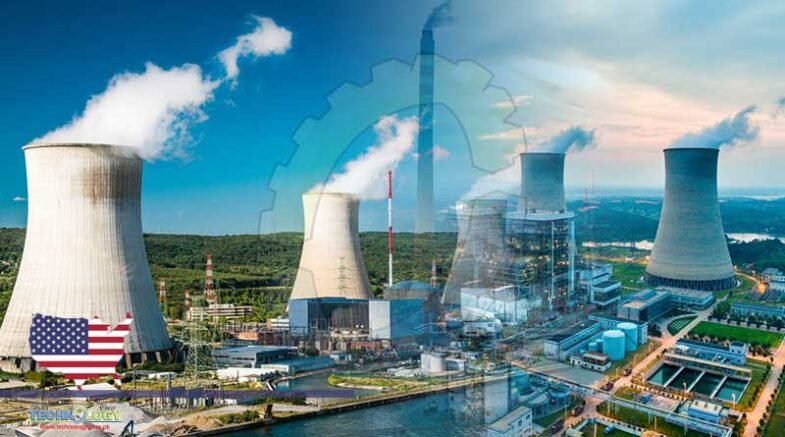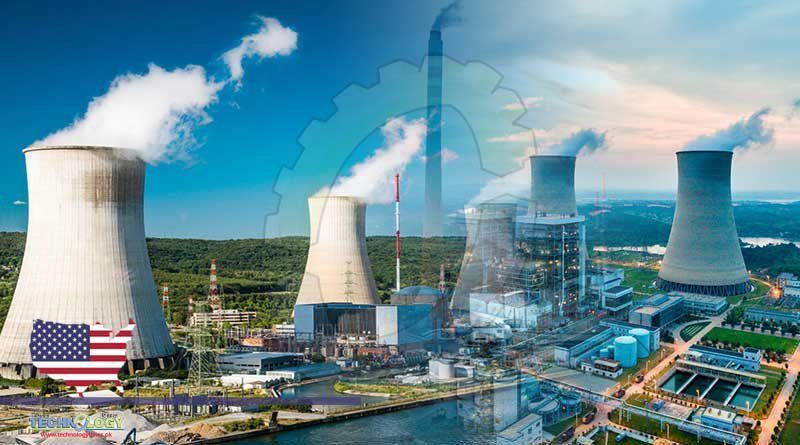The company is now among two dozen investor-owned U.S. Power Plants and US electric utilities to have pledged net-zero emissions by 2050.

When U.S. Power Plants faced the threat last decade of being forced to obtain 15 per cent of their electricity via renewable sources by 2020, coal-reliant Southern Company dismissed the proposal as “pie in the sky”.
Times have changed. The measure never passed but Georgia, Alabama and Mississippi, the south-eastern states the utility serves, have since developed 10 times the renewable capacity that Southern said could ever be achieved.
The company is now among two dozen investor-owned US electric utilities to have pledged net-zero emissions by 2050. Along with state-level mandates, these and similar commitments cover more than half of US electricity sales, according to data compiled by Clean Air Task Force.
US president-elect Joe Biden seeks to move faster than utilities or
states and remove carbon from the electric sector by 2035.
But questions remain over whether the utilities can realise their goals. It is a huge task — carbon emissions from US electricity generation totalled 1.6bn tonnes last year, according to the Energy Information Administration. And energy forecasting is fraught with difficulties.
Southern’s 2007 estimate, for example, did not anticipate a sharp fall in the cost of solar panels. Georgia regulators also pushed the company to feature more solar in its long-term resource plans, according to Bubba McDonald, a Republican member of the state Public Service Commission.
“We have an abundance of electrons from the sun in Georgia, placed here not by us but by the Master,” he said.
Southern has committed to halving emissions by 2030 from a 2007 baseline, with aims to expand its solar and wind portfolio and add batteries to store surplus generation. While it owns the largest U.S. Power Plants it has retired or converted dozens more. Last year it got 22 per cent of its electricity from coal, down from 69 per cent in 2007.
Yet reaching distant goals look less certain. The company in September wrote about an “orderly transition” of its coal plants but provided no timeline.
Success hinges on fledgling technologies such as carbon capture, use and storage, renewable natural gas, advanced nuclear plants and green hydrogen. Ways to pull carbon from the atmosphere, such as mass tree planting and direct air capture, “must emerge and become cost-effective to achieve net-zero carbon emissions”, according to Southern’s climate action report. In 2017 it scrapped a carbon capture project at a Mississippi power plant.
Other utilities make similar assumptions, with DTE Energy of Michigan noting that reaching carbon neutrality by 2050 would “require further advancements in technology”. At New Orleans-based Entergy, which in September adopted a net-zero policy, “technology developments and continuous innovation are expected to play a major role in enabling decarbonisation of our generation fleet, while also balancing customer costs and reliability”, according to Rick Johnson, director of sustainability.
Duke Energy, the largest US utility by number of customers, projected that 30 per cent of its generation in 2050 would come from zero-emitting load-following resources, or “Zelfrs” — clean energy that can be generated on demand.

North Carolina-based Duke said Zelfrs may become commercially viable by the mid-2030s. They are not commercial now. One Zelfr technology, the small modular nuclear reactor, would cost about $5,500 a kilowatt, the company’s latest climate report said. The cost of 1kW from a combined-cycle natural gas power plant connected to carbon capture equipment is $2,000 — triple the price of gas plants without carbon capture.
“I would say it’s a bold goal, and we understand that,” Lynn Good, Duke chief executive, told the Financial Times. “Anyone who is trying to tackle climate change has to have bold goals in mind.”
Duke plans to double its renewables portfolio to 16,000MW in five years and reach 24,000MW by 2030.
But it also intends to install more natural gas-fired power plants, including at least 6,000MW in North Carolina and South Carolina — a strategy that would hasten the demise of coal power but still produce emissions.

“We see a real struggle between building gas and being serious about decarbonisation,” said Maggie Shober, director of utility reform at Southern Alliance for Clean Energy, a pressure group.
Without new gas units, Duke said the company would need to add six times as much large-scale battery storage as currently exists across the entire country on land area equivalent to 830 football fields.
Ms Good said that with power demand peaking on winter mornings, when the sun’s output is weak while customers need light and heat, “the best technology to match load is sitting in a fossil resource called natural gas”.
When Deloitte examined “zero percenters”, its term for utilities with net-zero pledges, the consultancy found “significant gaps between decarbonisation targets and the scheduled fossil-fuel plant retirements, renewable additions and flexibility requirements needed . . . The math doesn’t yet add up.”
Some utilities are investing in gas with an eye to cleaner options. Entergy is proposing to build a power plant in Texas with equipment manufacturer Mitsubishi Power whose turbines will be able to burn a mix of gas and hydrogen. Paul Browning, chief executive of Mitsubishi Power Americas, said about half his gas turbine customers had asked to change their orders to dual-fuel technology in the past six months. (Hydrogen produces no carbon dioxide when burnt.)
Climate Capital
Ameren is avoiding new gas plants but intends to retire its coal plants gradually, keeping the last one open until 2042. The St Louis utility called coal “a bridge to cleaner energy sources”, a metaphor once used for gas, when it joined the net-zero parade in September.
The company, with 24m tonnes of annual emissions, plans to spend $4.5bn to build 3,100MW of wind and solar capacity by 2030 and increase it to 5,400MW by 2040. By 2050 it foresees generating 58 per cent from renewables, 30 per cent from nuclear and 12 per cent from a category described as “other zero carbon”, which could include advanced batteries and carbon capture at conventional U.S. Power Plants.
“Our goal always is to monitor technologies till they become affordable and reliable both, and then we invest in a big way,” said Ajay Arora, Ameren Missouri’s vice-president of power operations and energy management.
The company is headquartered in a Republican-led state with a modest renewable energy mandate. But Ameren cast its zero-carbon commitment as a hedge against a different regulatory future. “We expect that some form of climate policy will be enacted in the next five years,” its plan said.
Originally published at The Financial Times
